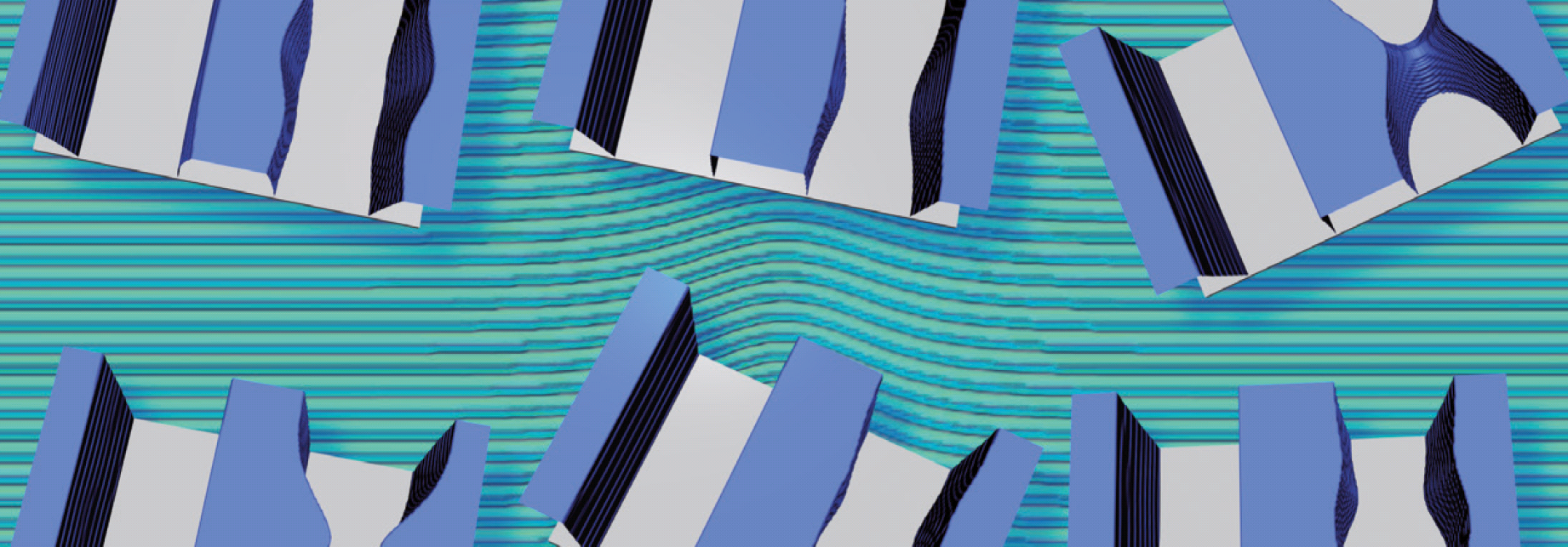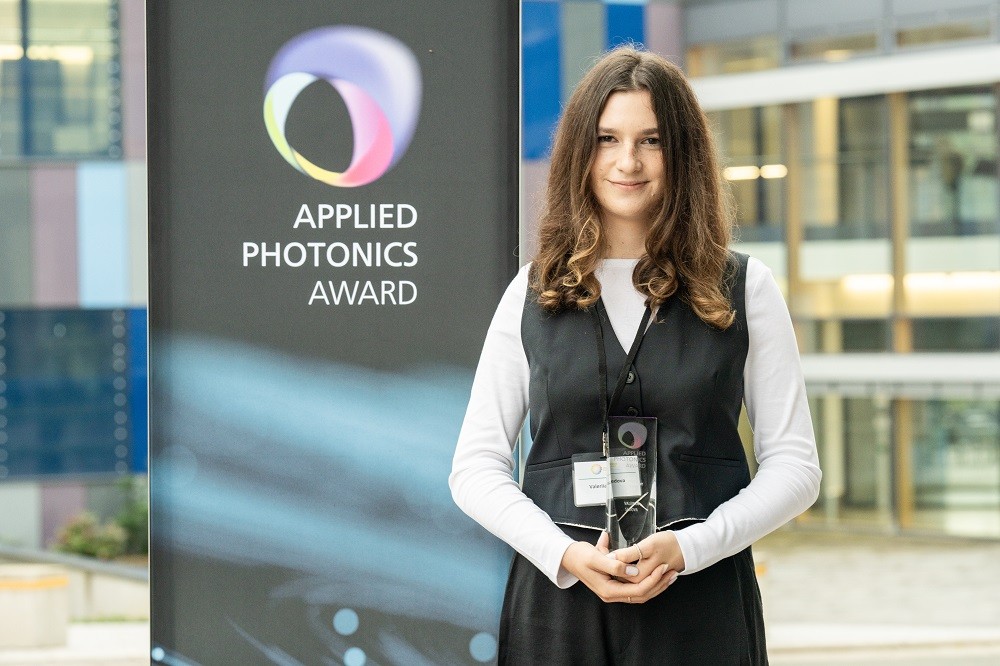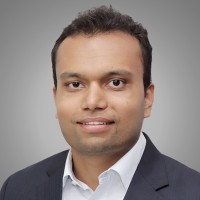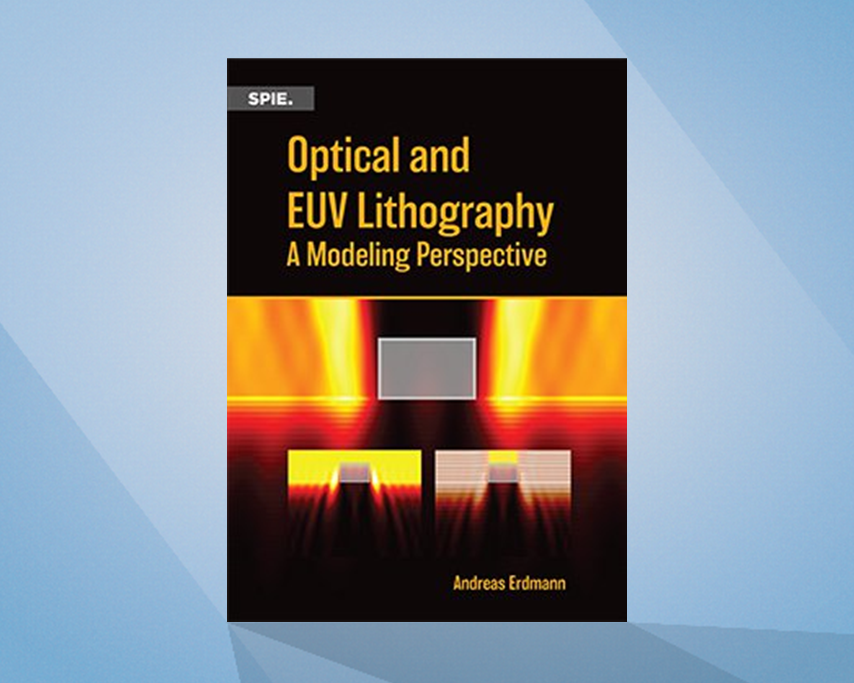The computational lithography and optics group develops physical and chemical models, numerical algorithms, and software for the simulation of lithographic processes and for the fabrication and characterization of nanophotonic components. This covers the process steps pre-bake, exposure, post-exposure bake, and chemical development of the photoresist.
Our lithography simulation algorithms are available in the software Dr.LiTHO of Fraunhofer IISB. Additional modules of Dr.LiTHO are used for the evaluation and optimization of lithographic processes and for the simulation of non-standard lithographic exposures such as interferometric exposures.
Models from the field of artificial intelligence are used in various areas such as prediction of lithographic imaging performance, resist pattern collapse, and defect detection.
Besides from model and software development, the lithography group offers support for industrial and governmental partners in process development and feasibility studies.
Current topics of the lithography group include:
- Rigorous simulation of light diffraction from advanced masks, including defect-free and defective EUV masks
- Modeling of modern chemical amplified resists, and novel EUV resists including model calibration by local and global optimizers
- Evaluation and optimization of lithographic imaging, mask, and source optimization using genetic algorithms
- Modeling of two-photon lithography for the fabrication of optical metasurfaces
- Application of AI models in EUV lithography, two-photon lithography
 Fraunhofer Institute for Integrated Systems and Device Technology IISB
Fraunhofer Institute for Integrated Systems and Device Technology IISB



